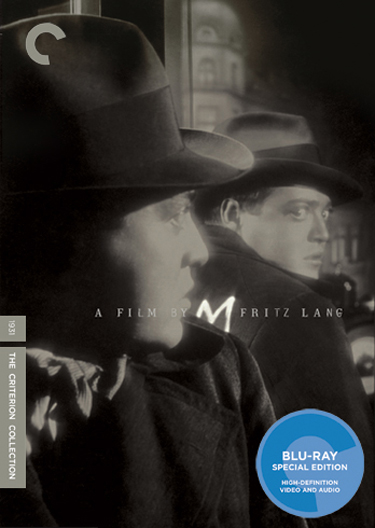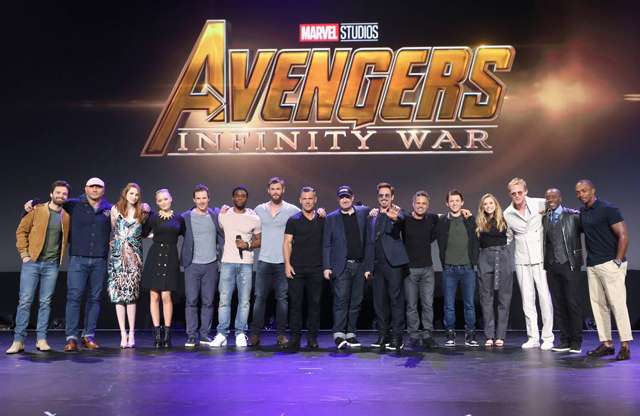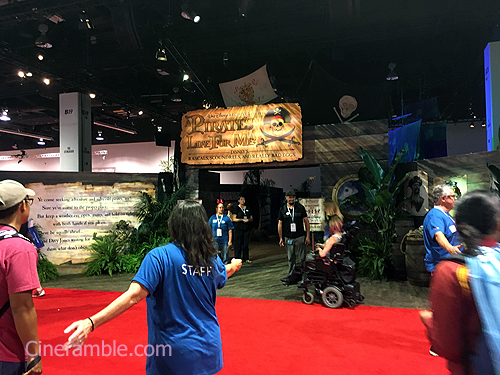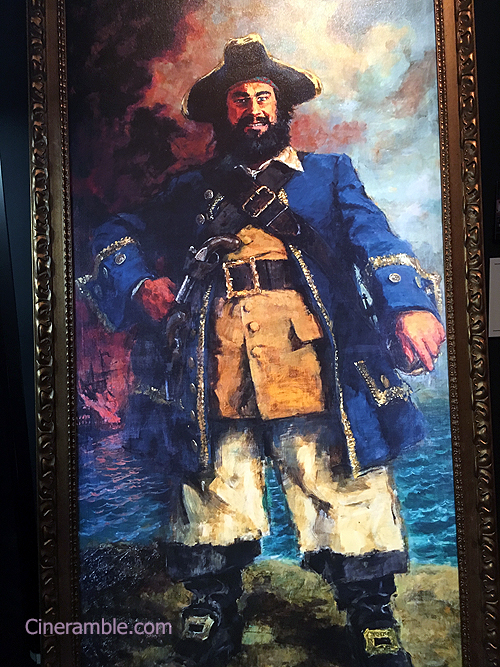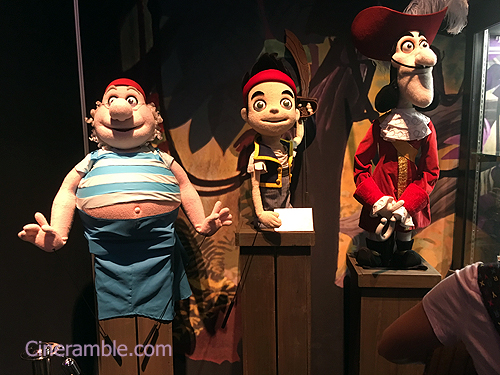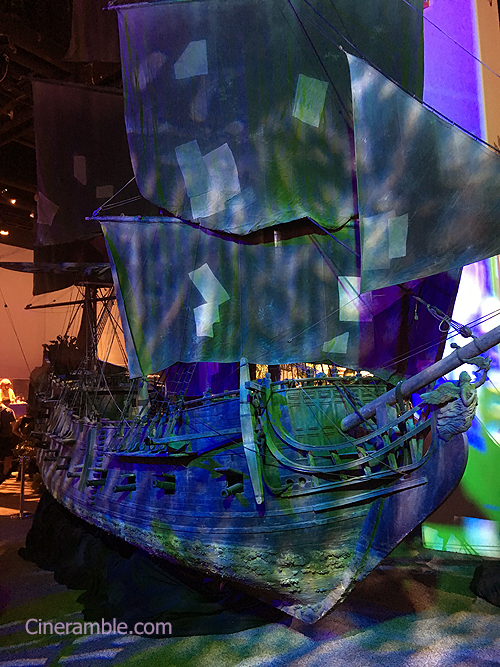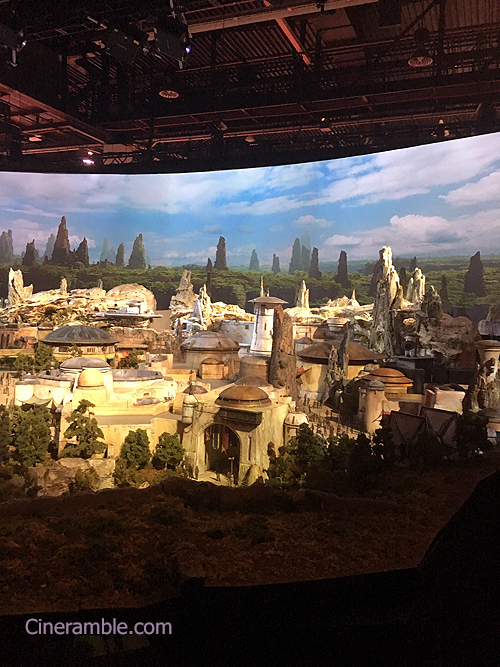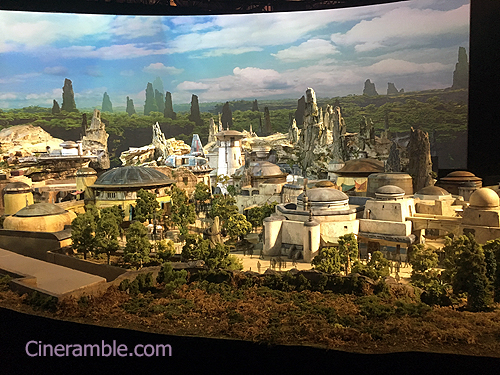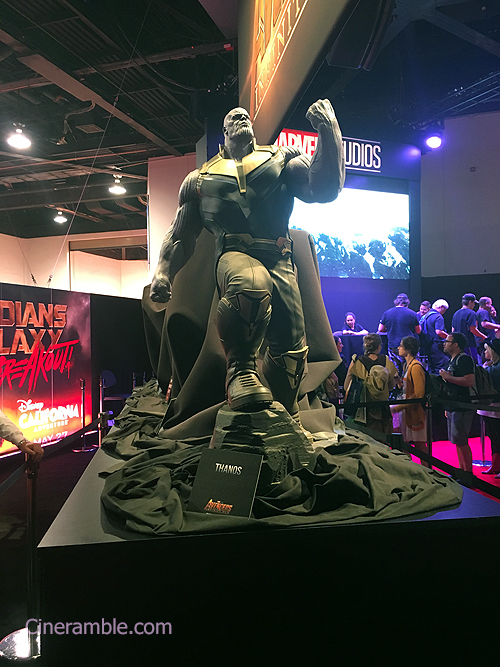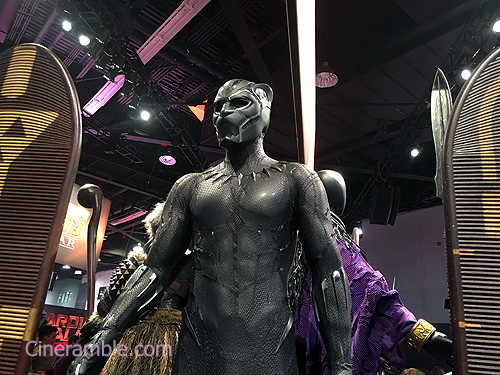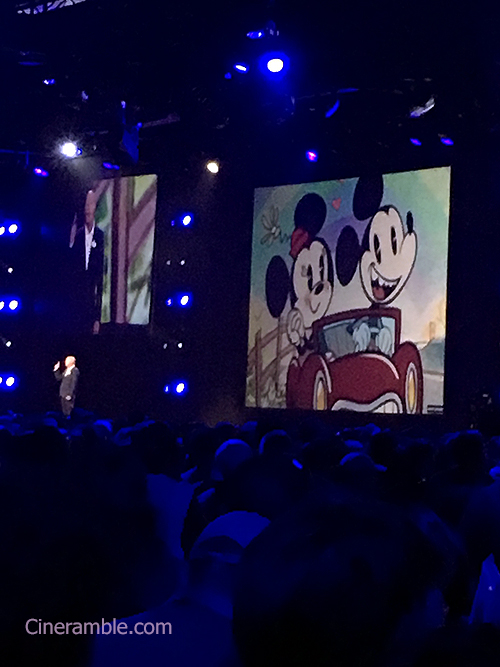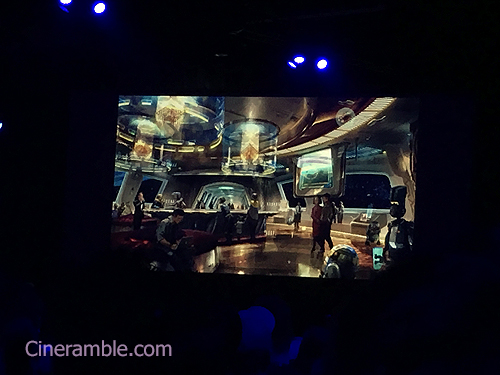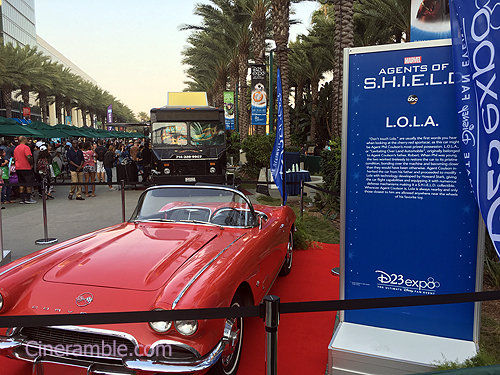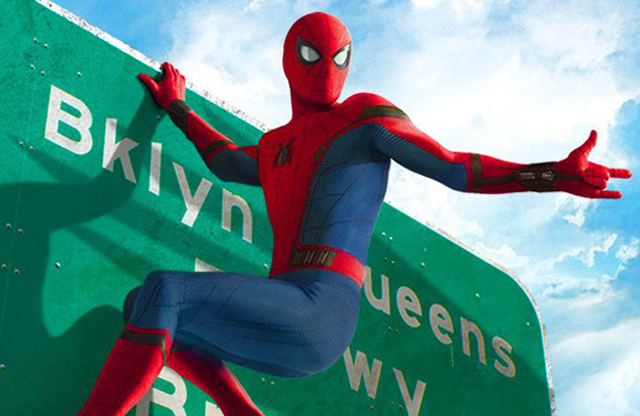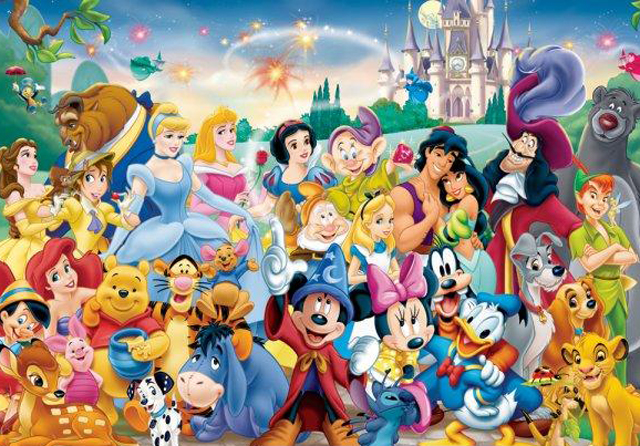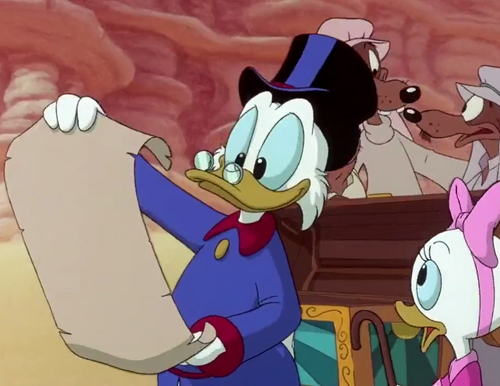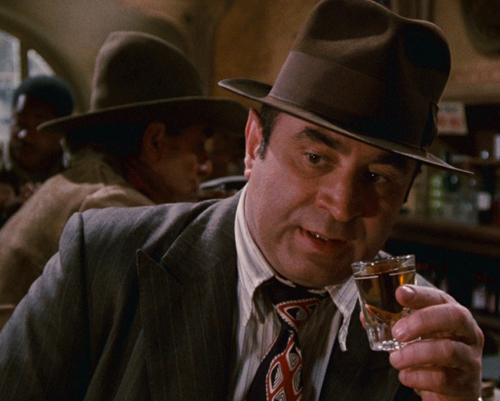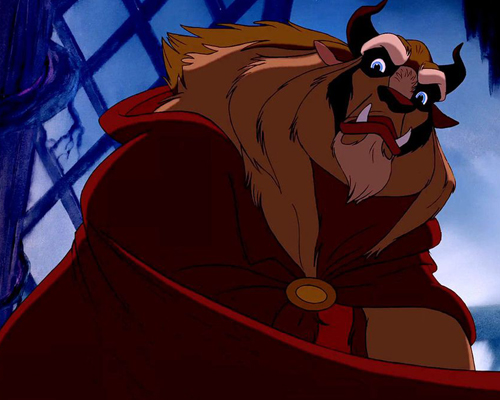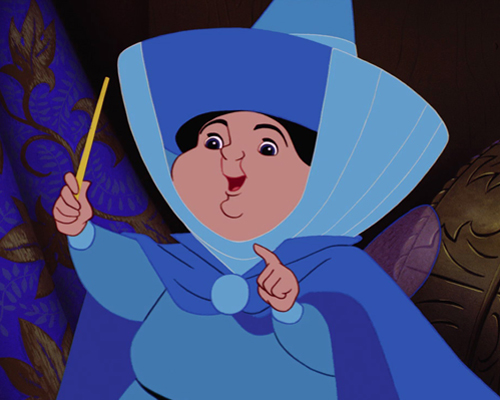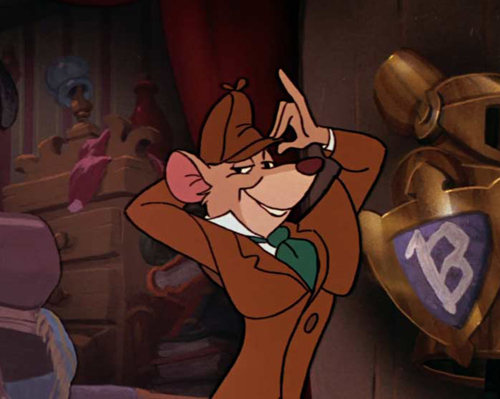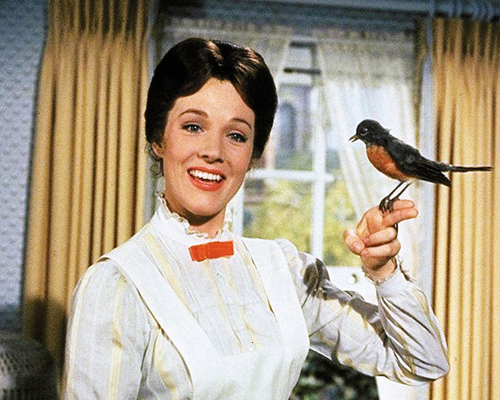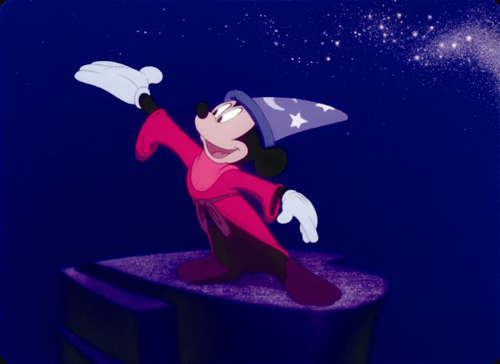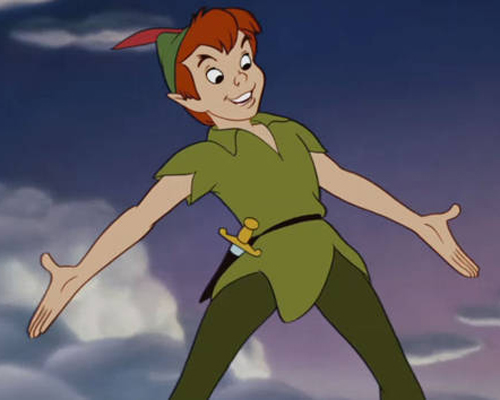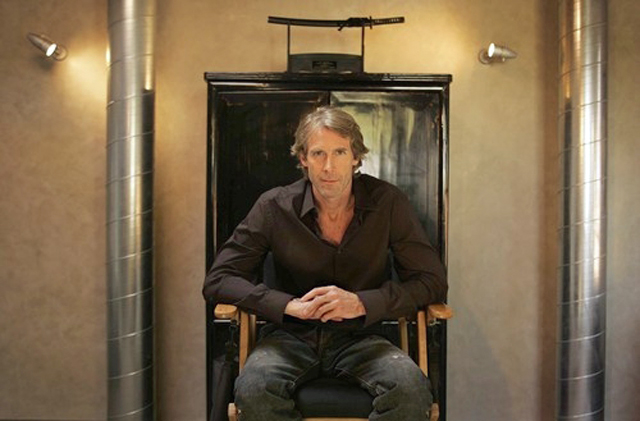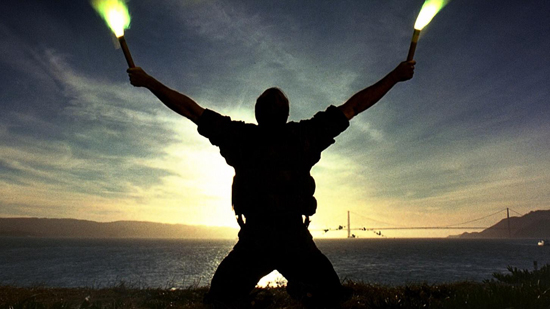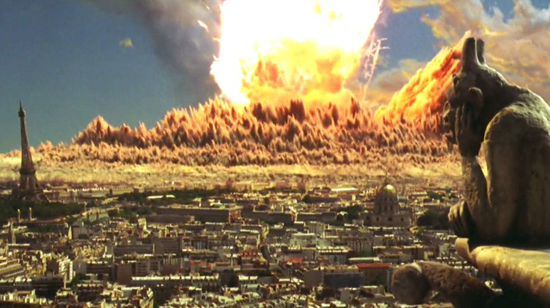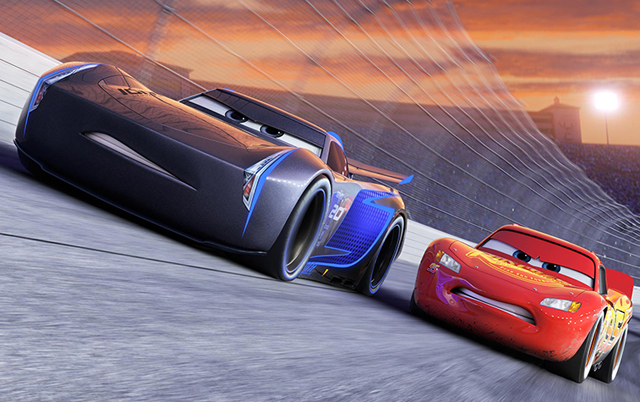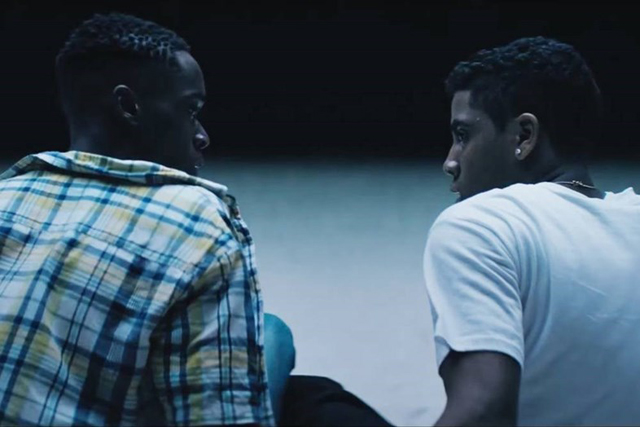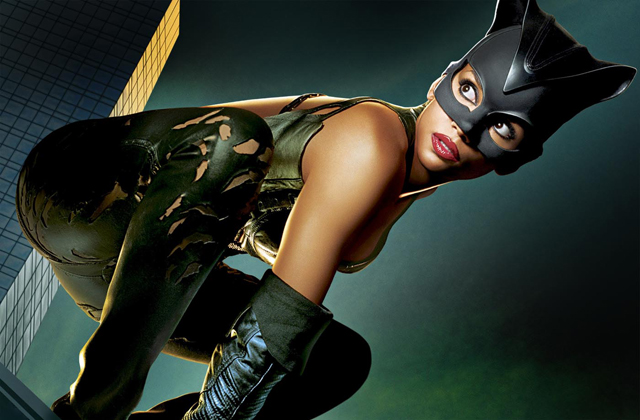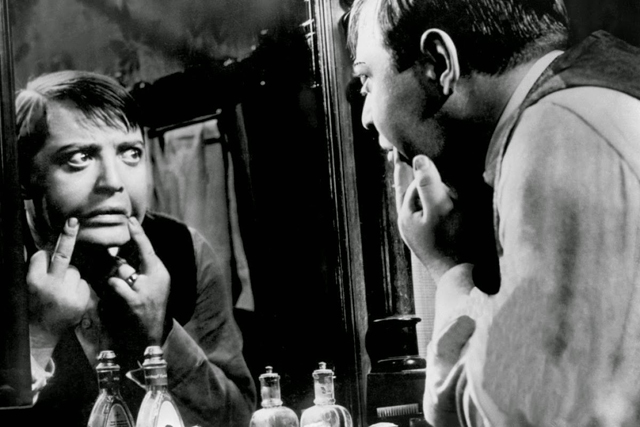
World Cinema has created a wonderful variety of styles, all of which have left their mark both on film history and on Hollywood itself. Pretty much any new technique developed by filmmakers around the world will influence someone here in Tinseltown, who will in turn give it a mainstream appeal. You could see it in the development of Soviet Montage techniques from Russian filmmakers, as well as the radical free form film-making popularized by the French New Wave. But, if there ever was an international style that had the most profound impact early on within Hollywood, it would be the style of German Expressionism. Developed in Weimer Era Germany during the heyday of Silent cinema, Expressionism was a technique of storytelling that emphasized emotion through abstract visuals. Instead of portraying the world as is, Expressionism distorts the world to convey a larger truth behind the veil of what we see as “reality.” It was the primary artistic force that drove the flourishing of art to came out of Weimer era culture, and it’s cinematic contributions are no less noteworthy. The extreme visual mind-trips like 1920’s The Cabinet of Dr. Caligari and 1922’s Nosferatu left a profound imprint on cinema, even across the world in Hollywood. You can see the influence of German Expressionism in everything from Film Noir to Disney fairy tales. The Criterion Collection is very fond of this era itself, spotlighting a few of the classics from this movement. Pioneering dramatist Georg Wilhelm Pabst has a couple films honored in the collection including Pandora’s Box (Spine #358) and The Threepenny Opera (#405). Even a modern Expressionist view of Weimer culture is spotlighted in Rainer Werner Fassbinder’s 15 hour behemoth Berlin Alexanderplatz (1980, #411). But, if there is one Expressionist filmmaker who holds a special place in the Collection, it is the legendary Fritz Lang.
Fritz Lang is not only one of Germany’s most celebrated auteur directors; he one of the most celebrated filmmakers in world history, period. Filmmakers all over the world look to him as a big influence in their work, and it’s largely due to his fantastic command of stories told on both the grandest and most intimate of scales. He made a steady rise in early days of German cinema, specializing in gritty crime thrillers. He famously created the cinematic trope of criminal masterminds wrecking havoc on society with his creation of the villainous psychic gangster, Dr. Mabuse. Though part of a longer series, only one of those Mabuse films has been given the Criterion treatment; 1933’s The Testament of Dr. Mabuse (#231). But, the film that would make Lang a household name around the world would be his colossal modernist epic, Metropolis (1927). Metropolis is widely seen as one of the greatest movies ever made, and without a doubt the pinnacle of cinema in the silent era. With a sense of scale unheard of until that time, Lang revolutionized cinema and created what many consider to be the first science fiction film. You can see homages to Metropolis in everything from Ridley Scott’s Blade Runner (1982) to George Lucas’ Star Wars (1977). But, Metropolis would also be a turning point for Lang as a filmmaker, as Germany itself would begin to change. The libertine years of Weimer Germany gave way to a rise in Nationalistic Fascism, which also saw the rise of Adolf Hitler and the Nazi party. And with this, the creative freedoms allowed to filmmakers like Fritz Lang were suddenly unavailable. Lang’s post-Metropolis films were considerably smaller, but no less provocative. He amazingly was still able to create some profound cinematic works, even under threat of censorship from the Nazi regime, but only for a short while. And the most famous of these films has been given a cherished place in the Criterion Collection; the harrowing and influential crime thriller, M (1931, #30).
The minimalist title M refers to a mark left on suspected child murderer who is at the center of the story; marked so that he is more easily hunted down by those wishing to bring him to justice. The story is less about the murderer, and even less about the victims themselves. Instead, Fritz Lang examines the societal reaction to such crimes, and how justice is enacted by both the people in power and by ordinary citizens. It begins with the disappearance of a little girl named Elsie Beckmann (Inge Landgut), who is found murdered shortly after. Outrage pours in from Elsie’s family, as well as from the neighborhood she called home, all chastising the local government for not doing enough to stop this string of child murders from happening. As the investigation goes on, it seems apparent that the children in the city are all falling victim to the same assailant. Fed up with the slow response of law enforcement in the city, the victims’ families enlist the help of the criminal underground to find the child murderer and finally bring him to justice. Leading them is ruthless Schranker (Gustaf Grundgens) whose network of spies and hitmen scour the city for any clues as to the identity of the killer. Finally, a blind balloon salesman points them towards a lead, as he remembers hearing the same man whistling Edvard Greig’s “In the Hall of the Mountain King” from the “Peer Gynt” suite as he was buying a balloon for each of the slain children. When the same whistle is heard suddenly again, the city discovers the identity of the killer, a portly young man named Hans Beckert (Peter Lorre). Beckart is hunted down, escaping for a time in an abandoned building, but is ultimately caught and brought before the community. What follows is one of cinema’s most unforgettable portrayals of insanity and social commentary as Beckart faces a kangaroo court all intent on enacting a ruthless kind of justice that asks us the viewer how monsters are created in the end; are they born that way, or are they a manifestation of society at it’s worst?
M is a captivating film, and one of the most influential ever made too. Within it, you can see Fritz Lang writing the blueprint for the modern crime thriller, with his unflinching look at how crime and punishment and societal evils are almost always cyclical in the way they perpetuate each other. Lang doesn’t sympathize with the child murderer exactly, but he does show the society that’s hunting him down to be nearly as monstrous as he is. For the first time in cinema history, we received a look into the mind of a killer and examine what would drive him to commit such terrible acts; and the shocking thing is that society in general creates these kinds of monsters. Hans Beckert doesn’t kill to make a point nor for any personal gain. He kills, because he can. He is driven by a compulsion, one that even he doesn’t understand completely, but still one that satisfies a deep down need inside. And, as Lang points out in the movie, society loves to create and destroy it’s own monsters. Beckert sees that people will fear him when they witness the results of his crimes, and he enjoys the rush of power that gives him, lustfully desiring it even more. But, once discovered, he suddenly loses that impervious feeling, and we see the infantile little man that he really is. All he can do then is to confess his true feelings, and what’s frightening to everyone is that this horrible monster is all too human in the end. With M, Lang makes the case that by giving monstrous deeds so much attention, that it empowers those who enjoy committing them, and as a result we ourselves become a little monstrous ourselves for indulging in this cycle of mayhem. No other crime thriller before or since has portrayed the cycle of violence with this much clarity, and Hans Beckert’s emotional breakdown is still one of the most harrowing moments ever captured on film; brilliantly conveyed through Peter Lorre’s iconic performance.
Lang’s masterpiece is also a remarkable time capsule of the era in which it was made. We are familiar with the decadent flourish of Weimer Era art in Germany, as well as the rigid Fascist regime that followed it. But, we have few documents of the years in between, where freedom gave way to totalitarianism in a short amount of time. In the film M, we can see the beginnings of nationalistic fervor that swamped over Germany at the time. In these days, political opportunists seized upon scapegoats for societal ills, and as we saw, the prosperous Germanic Jewish communities were singled out. In the movie, the desperate townspeople turn to shady criminal hoodlums to enact justice where the government had let them down. The same result was going on nationwide in Germany at the time, as “brown coat” fascists began to take more power by portraying the Jewish as a foreign entity that was destroying their society. Eventually, this movement coalesced into the Nazi Party which gained national prominence under Hitler’s leadership. There is an unmistakable parallel in the portrayal of Schranker to the rise of the Nazi’s, with his black leather trench coat and purely Aryan looks being an unmistakable representation of the atypical fascist thug. Lang clearly wanted to show with his thriller a chilling examination of the social turmoil that his country was going through. He pointedly shifts blame on the people of Germany, showing that inviting the wolves to chase the fox out of the hen house only creates a new den of wolves. Unfortunately, Lang’s film was misconstrued by the Nazi regime, with propaganda minister Joseph Goebbels spotlighting Hans Beckert as an ideal representation of a Jewish monster. Lang was even offered the position of the chief in charge of cinema under the Third Reich by Goebbels, but the pro-democratic Lang refused and swiftly escaped his home country. He made his way to Hollywood, following in the footsteps of his marquee star Peter Lorre, where he again left a strong influence, becoming one of the architects of film noir style in that era. But, M would sadly mark the end of a legendary rise for both him, and Germanic cinema in general.
When it comes to a title this legendary and beloved, you can be assured that Criterion is going to give it a very special treatment. First added to the collection in it’s early days on DVD, M has benefited from a few updates and remasters over the years, leading to a new pristine blu-ray edition made available today. The restoration was completed using a fine grain print, made from a duplicate negative restored in the Netherlands in 2000. The original negative was of course destroyed by the Nazis during World War II, so this duplicate negative is the best source we have to preserving Lang’s original vision. All things considered, the scan used for the digital presentation of the film looks outstanding, especially for a film this old. There are plenty of scratches still present, but not too much to be distracting. Detail is incredibly conveyed in the transfer, and the color scaling enables us to not have any of the darkest scenes be washed out in black. What is interesting however about this Criterion edition is the inclusion of the complete English version of the movie. Back when sound film was still new, alternate versions were sometimes shot simultaneously in multiple languages. Few of these alternate versions have survived over the years, like the famous Spanish version of Dracula (1931), but thankfully film archivists were able to track down this English version of M somewhere deep in the archives of the British Film Institute. While most of the film is dubs over the original actors, there are some instances where British actors are inter-spliced into the film, particularly in the moments focusing on the investigators of the crime. More interesting though is that Peter Lorre performed his famous confessional speech in three different languages, since he was fluent in all of them; German, French and English. His performance is different in each, which makes for a fascinating contrast. I’d say that his German performance is the best, since that’s the one where he was working with Lang’s direction, but his brilliance shines through in all versions. The English version is also un-restored, so it gives you a much clearer idea of the extensive work that went into making this movie look as pristine as it does.
Included in this edition are some valuable extras as well, which is to be expected of Criterion at this point. In addition to the complete English version of the movie, we also get an interesting audio commentary from German film scholars Anton Kaes and Eric Rentschler, who go into more depth behind the film’s historical context, it’s deeper themes, as well as it’s cinematic legacy. Another interesting inclusion is the documentary Conversations with Fritz Lang, which is a collection of interviews conducted by Oscar-winning filmmaker William Friedkin with Lang towards the end of his life in his Beverly Hills home. It’s fascinating to hear the man himself discuss his own work, and much of the interviews touch upon the themes and legacy of M. Lang also recounts his harrowing escape from Germany after refusing Geobbels offer. While some of it may have been embellished over time, it’s nevertheless shows Lang’s command over story in hearing him tell this personal account. There’s also a short film called M le maudit, which is a short French film that was heavily influenced by the classic, and it’s director Claude Chabrol is also interviewed separately, discussing the influence that Lang’s film had on him. Interviews taken from audiotapes of M‘s editor, Paul Falkenberg, as well as a brand new video one of Harold Nebenzal, the son of the film’s producer Seymour Nebenzal, are also included on the set. There is also a fascinating visual essay made about the physical history of M, which includes images of how the film was marketed, how it was exploited by the Nazi regime after release, how Weimer Era culture influenced it’s setting, as well as details on the restoration work recently completed on it. The best part of this essay is the inclusion of the French version of Lorre’s famous confessional scene, which provides yet another interesting contrast with the final film. Overall, it gives this classic and influential film the well rounded home video release that it deserves, and lives up to the high standard that is typically expected of Criterion.
Fritz Lang’s M has held up remarkably well over it’s long history, and sadly feels more prescient than ever. With populism and nationalistic movements on the rise throughout much of the world once again, Lang’s chilling look at society torn apart through fear of the unknown feels all too prophetic nowadays. Without knowing it at the time, Lang documented the conditions that lead to the rise of dictatorships, and it’s a harrowing cautionary tale that everyone should take note of. At the same time, Lang also set the high standard for intelligent crime thrillers by which all successors are still judged by. With his interesting procedural breakdown of investigative crime-fighting, to the complex portrayal of the criminal himself, Lang’s cinematic touch can be felt in every crime thriller since M, from the big screen to the little screen. How many TV cop procedural dramas owe their existence to legacy of M? Lang himself continued to extend the style that he pioneered, making classic noir thriller in Hollywood like Fury (1936) and The Woman in the Window (1944). Peter Lorre also prospered after answering the call of Hollywood, himself escaping certain death under the Nazi regime, and he would become a valuable character actor for many years, appearing in such classics like The Maltese Falcon (1941) and Casablanca (1943). Still, M features the best work of both men, and it will likely remain one of cinema’s greatest pairing of actor and director that we will ever see. Criterion has been good to this film for many years and it is a pleasure seeing them continue to treat this film with the utmost care. The digital restoration is superb for a film this old and it gives us an excellent representation of how the film might of looked back when it was first released. The alternate English version included also provides us with an interesting window into how films were made in the early days of sound, before they began to figure these things out and just use subtitles instead. Anyone who appreciates film and world history should absolutely watch this movie. It’s scary in it’s prescience and profound in it’s unflinching view of humanity and the societies we create. And in a world that is growing all the more hostile and untrustworthy, this film is now essential viewing more than it ever has been before.
